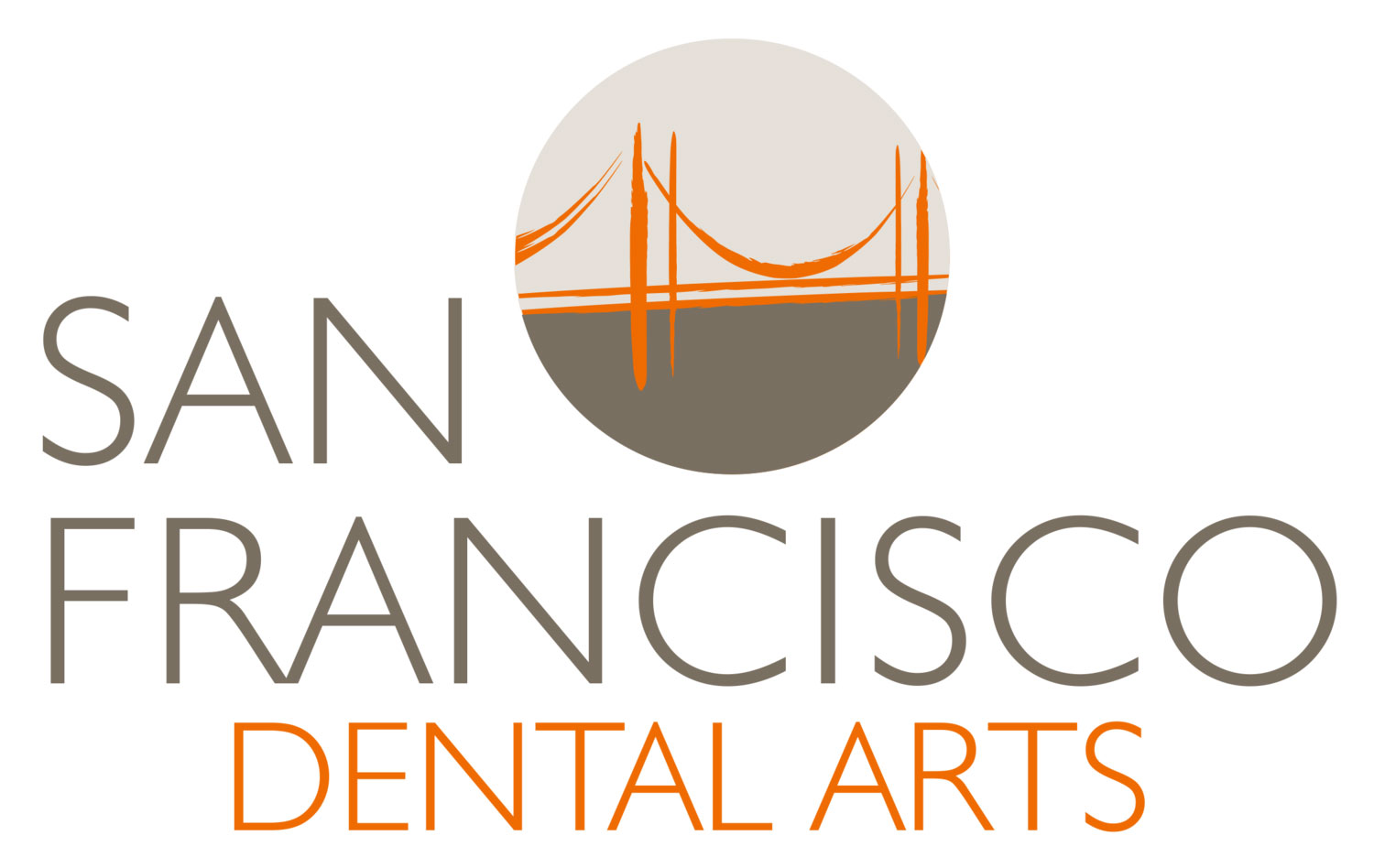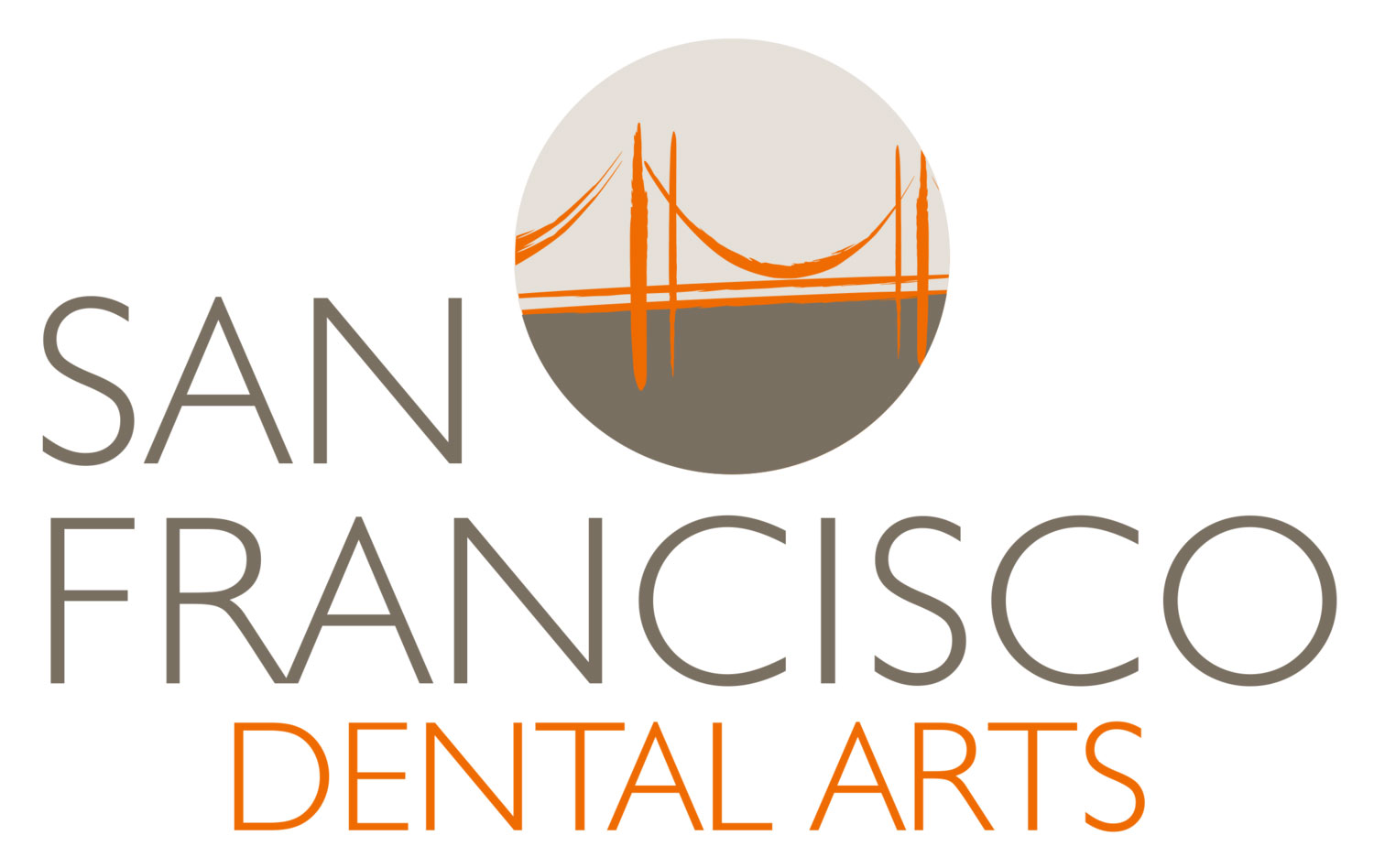 Tooth decay, injury, extraction and gum disease can all cause tooth loss.
Tooth decay, injury, extraction and gum disease can all cause tooth loss. When there are one or numerous teeth missing, you can seek a tooth replacement solution such as a dental bridge.
Living without teeth presents many challenges from chewing and biting troubles to bite misalignment and bone loss in the jawbone.
Dental bridges serve to replace your lost or missing teeth with artificial ones.
Our dentists at San Francisco Dental Arts offer dental bridge installation to help restore tooth loss, function, and improve your bite.
Why Choose A Dental Bridge?
Dental bridges are used to hide one or more teeth that have been removed and can provide a variety of benefits.
One of the benefits is cosmetic, to fill the empty gap in a person’s smile.
Dental bridges aren’t just aesthetically justifiable, however; they can also prove beneficial in maintaining the shape of a person’s face, relieving pressure off of other teeth when chewing or biting, and improving the strength of the dental arch.
Who is a Candidate for Dental Bridges?
While dental bridges work to replace missing teeth, not all people are suitable for these restorations.
You can receive a bridge if there are teeth on both sides of the lost or missing one.
If there are no adjacent teeth, you can opt for implant-supported bridges that are screwed onto the jawbone to provide support and stability.
Process for Dental Bridges
It is important to know the two different types of teeth when learning about dental bridges.
The pontic, the false tooth, is the tooth that covers the gap.
The abutment teeth are natural teeth, and they support the pontic tooth on either side of the gap.
Preparation
The procedure for your dental bridge will take two visits to one of our dentists.
The first visit will be to take impressions of the teeth, so we can create a model and send it to a dental lab.
In this way, we can make a custom-made bridge that comfortably fits your mouth.
Procedure
On the first visit the dentist will also file down and reshape the two abutment teeth in preparation for their dental crowns, assuming the patient is having a traditional bridge.
The dental specialist will first file down a portion of the dentin as well as the enamel, thereby creating space where the dental crown will be placed.
The dentist will then get an impression of the teeth or a computerized scan.
After that, the dentist will use the mold or scan to fabricate the pontic, bridge, and crowns.
A temporary bridge will be provided to protect the prepared teeth until the permanent bridge is ready.
You will wear this bridge as the permanent one is being constructed, which may take approximately two weeks.
Follow-Up
When the patient visits for the second time, the temporary bridge will be taken out and replaced by the custom-made bridge, the permanent one, and adjusted until it fits correctly.
Any follow-up visits will depend on how well the bridge sits in the mouth, and whether further adjustments need to be made or not.
Types of Dental Bridges
Different types of dental bridges are available in our office.
| • | A traditional dental bridge is made up of two crowns that are placed on the abutment teeth, with an artificial tooth in the middle covering the gap. This is the most common type of dental bridge, and is only possible when there are two natural teeth on either side, to support a replacement tooth over the gap. |
| • | A Maryland bridge is similar to the traditional bridge, as it also needs natural teeth to be on both sides of the gap. It is bonded with resin. Implant-supported bridges look like traditional bridges, but the bridges are not attached to the adjacent teeth. |
| • | Cantilever bridges are when there is only one abutment, or natural tooth, available to bridge. In this case, a bridge is formed with the abutment tooth and a false tooth. This type of bridge is generally inadvisable in the back of the mouth, as it is weaker compared to other bridges, and has a higher chance of fracturing. |

Caring For Dental Bridges
The health and strength of the adjacent teeth may help determine the success of the bridge installation procedure.
Therefore, you need to ensure good oral care and hygiene to prevent infections like gum disease or tooth decay.
You should avoid chewy fibrous foods, including meats and brush twice a day and floss at least once a day.
Maintain regular dental visits for professional cleanings as well as checkups.
Dental Bridge Longevity
Dental bridges last five to seven years, provisional to the maintenance of good oral health.
Bridges have been known to last even longer if good brushing and flossing techniques are used.
Dental Bridge in San Francisco
Contact San Francisco Dental Arts at 415-854-9396 today at to schedule your appointment today.


